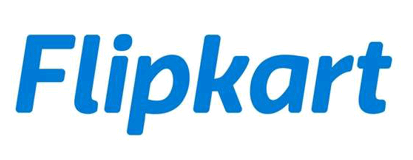KYC: Flipkart Tests a Video Process to Enter the Instant Credit Industry

FACTS
- The Indian e-commerce giant Flipkart (77% stake of which have been acquired by Walmart) is currently working on a new KYC solution to offer instant credit to customers buying through their platform.
- A pilot has been launched for digital KYC with help from roughly 10,000 users
- For now, Flipkart has been granted approval in principle by the Reserve Bank of India and plans to roll out to address other customers in the weeks to come, i.e.: once granted their formal RBI approval.
- Flipkart claims they already lent money to 1.2 million customers through FinTech partners, including Kissht (personal loans for customers) and ZestMoney (online payment facilities).
CHALLENGES
- Build a lending business which would no longer require intermediaries. If granted approval by the RBI, this Indian player may directly feature instant credit offers and make the most on their exclusive scoring model which would only rely on customer data they hold.
- Withstand tough competition on the Indian digital lending market. According to a paper by the BCG, the Indian e-lending market could represent a $1 billion opportunity within 5 years.
- Some outstanding players already lead this market, e.g.: ZestMoney, Lendingkart, Xiaomi, Tez, and more recently Amazon Pay.
MARKET PERSPECTIVE
- In 2018, already hinted to their plan to enter the credit industry and applied for a .
- This pilot phase is mostly intended to trial an instant identification process, as the Indian Supreme Court imposed restrictions on using Aadhaar biometric files for subscribing financial products. Until then, banks and financial industry players could rely on this ID to instantly sign up customers. Considering this ruling, FinTechs have been looking into other alternatives, including video-based identification.
